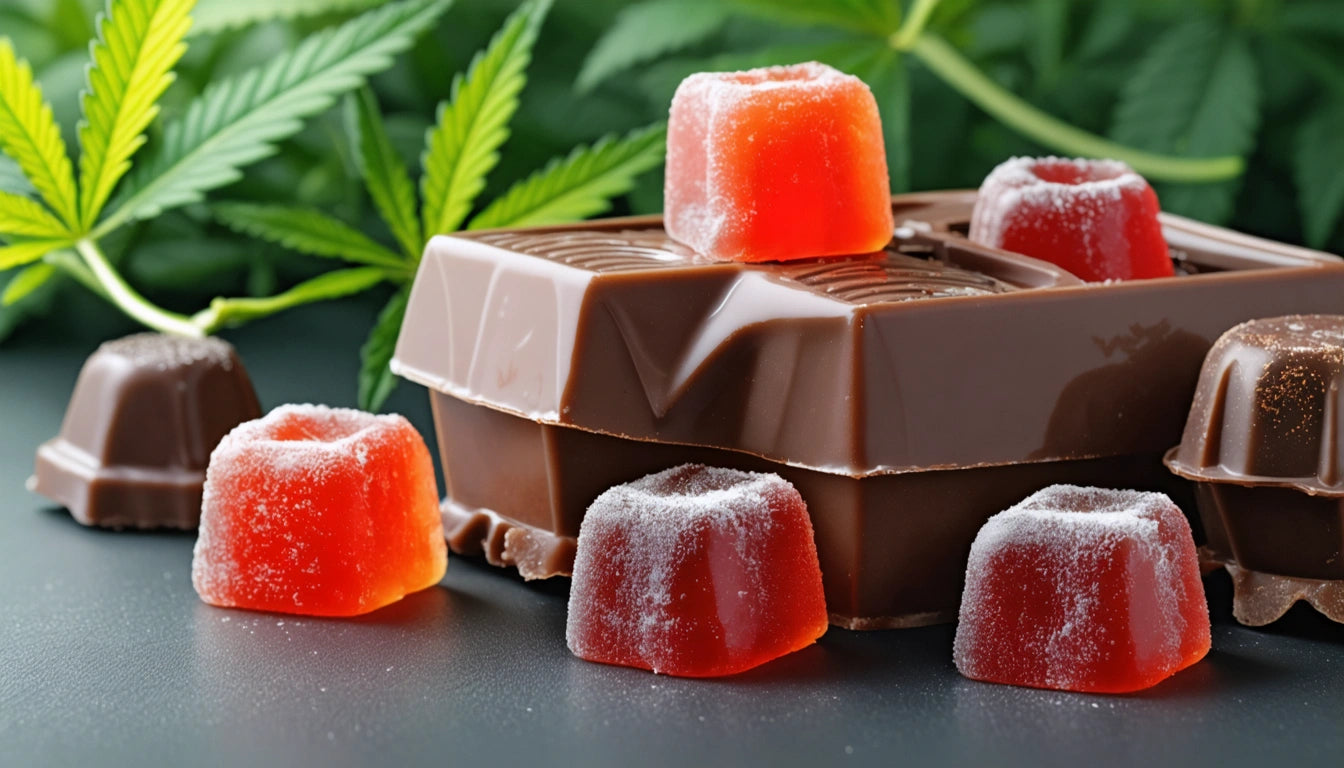Table of Contents
- Packaging as Your Silent Sales Representative
- Psychological Triggers in Packaging Design
- Shelf Impact Strategies That Drive Conversions
- Key Packaging Elements That Influence Purchase Decisions
- Measuring Packaging Success in Retail Environments
- Future Packaging Innovations: What's Next for Retail Conversion
The Silent Sales Rep: How Packaging Influences Retail Conversion
In the competitive retail landscape, your product has approximately seven seconds to capture consumer attention. During this critical window, packaging serves as your silent sales representative, communicating value, quality, and brand identity when no salesperson is present. Understanding how packaging influences retail conversion is essential for brands seeking to maximize shelf impact and drive sales.
Packaging as Your Silent Sales Representative
Packaging does more than simply contain and protect products. It communicates brand values, product benefits, and creates emotional connections with consumers. According to retail psychology studies, over 70% of purchase decisions are made at the point of sale, with packaging playing a decisive role in these split-second choices.
As highlighted in this comprehensive guide on self-selling packaging, effective packaging must simultaneously attract attention, convey information, and trigger purchase behavior. When designed strategically, packaging can significantly increase conversion rates without requiring additional marketing spend.
Psychological Triggers in Packaging Design
Color Psychology
Colors evoke specific emotional responses and can significantly impact consumer perception. For example, blue conveys trust and reliability, while red creates urgency and excitement. Brands must select colors that align with their product positioning and target audience preferences.
Shape and Structure
The physical form of packaging influences perceived value and usability. Unique structures can differentiate products on crowded shelves, while ergonomic designs enhance the user experience. Many brands are now investing in custom packaging solutions that perfectly fit their specific products, creating memorable unboxing experiences that customers associate with quality.
Shelf Impact Strategies That Drive Conversions
Visibility on retail shelves directly correlates with sales performance. Packaging that pops off the shelf incorporates several key elements:
- Strategic use of contrast to stand out among competitors
- Clear brand identification visible from multiple angles
- Simplified messaging that communicates core benefits quickly
- Consistent visual language across product lines
- Size and shape variations that maximize shelf presence
For products in club stores or big box retailers, packaging requirements become even more specific. Shelf-ready packaging must balance visibility with practical considerations like stackability, durability, and ease of restocking.
Key Packaging Elements That Influence Purchase Decisions
Typography and Readability
Font choice, text size, and information hierarchy significantly impact how quickly consumers can understand product benefits. Clear, legible typography ensures that key selling points are communicated effectively, even when consumers are scanning shelves quickly.
Materials and Textures
The tactile experience of packaging creates subconscious quality associations. Premium materials signal higher value, while sustainable options appeal to environmentally conscious consumers. Texture variations can also create memorable sensory experiences that strengthen brand recall.
Imagery and Graphics
Visual elements must align with consumer expectations while differentiating from competitors. Product photography, illustrations, and graphic elements should work together to tell a cohesive brand story and highlight key product attributes.
As noted in this guide on shelf appeal in big box stores, packaging graphics must be effective both from a distance and up close, creating a visual journey that guides consumers toward purchase.
Measuring Packaging Success in Retail Environments
Quantifying packaging effectiveness requires both qualitative and quantitative approaches:
- A/B testing different packaging designs in controlled retail environments
- Eye-tracking studies to measure visual attention and engagement
- Sales velocity comparisons before and after packaging changes
- Consumer feedback through surveys and focus groups
- Return on investment calculations for packaging redesigns
Successful brands continuously refine their packaging strategy based on these metrics, recognizing that consumer preferences and retail environments evolve over time.
Future Packaging Innovations: What's Next for Retail Conversion
The future of retail packaging is being shaped by several emerging trends that promise to further enhance conversion rates:
Interactive packaging with QR codes and augmented reality features is creating new opportunities for consumer engagement. Seasonal packaging variations are proving effective at driving limited-time sales spikes. Meanwhile, advancements in sustainable materials are addressing growing consumer demand for environmentally responsible options.
Smart packaging with NFC technology is enabling brands to deliver personalized content directly to consumers' smartphones, extending the sales conversation beyond the shelf. This technology also provides valuable data on consumer interaction patterns, allowing for more targeted packaging optimization.
As retail environments continue to evolve, packaging must adapt to remain effective as your silent sales representative. By incorporating these strategies and staying attuned to emerging trends, brands can ensure their packaging continues to drive conversions in increasingly competitive retail spaces.











Leave a comment
All comments are moderated before being published.
This site is protected by hCaptcha and the hCaptcha Privacy Policy and Terms of Service apply.